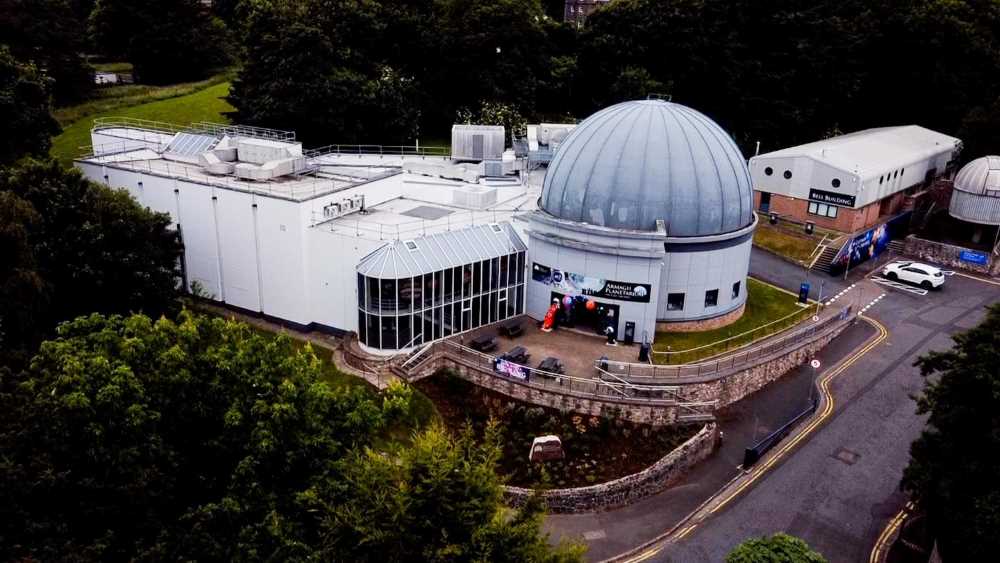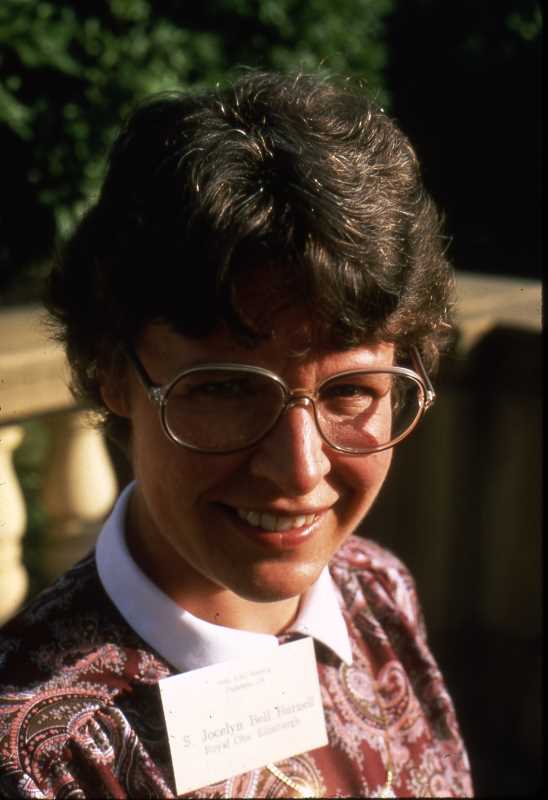How Jocelyn Bell Burnell Outshined Her Nobel Snub
It was a signal like no other—fast, rhythmic, emanating from a specific point in the vast cosmic sea. Could this be a message from an extraterrestrial civilization? Jocelyn Bell Burnell playfully dubbed it “Little Green Men,” capturing imaginations and stirring debates.

In the annals of scientific discoveries, few are as fascinating as that of the pulsar—a rapidly spinning neutron star that emits beams of radiation. Yet, the name Jocelyn Bell Burnell, the pioneering astrophysicist behind this celestial revelation, often remains conspicuously absent from mainstream narratives. Born in 1943 in Northern Ireland to a father who was not just a scholar but also the creative mind behind the Armagh planetarium, Bell Burnell was destined for greatness in a field that was largely dominated by men.
Nurtured by her father's profound interest in the cosmos, Bell Burnell grew up surrounded by the celestial. Frequent visits to her father's planetarium and a rich library filled with books on astronomy weren't just weekend activities, but building blocks for a future in astrophysics. The young Bell Burnell took the inspiration from her formative years and soared, earning a bachelor's degree in physics from Glasgow University before moving on to the prestigious Cambridge University for her doctoral studies.
As she took her academic journey to the next level at Cambridge, she joined a group led by her advisor, Anthony Hewish, with the aim of building a radio telescope. The project wasn't small-scale; they were attempting to understand the enigmatic quasars—massive and distant celestial objects that emit extraordinary amounts of energy. When the telescope became operational, Bell Burnell was charged with the pivotal role of analyzing the data it harvested.
A Signal from the Unknown
It was during this period that she stumbled upon something astounding—a fast, periodic signal emanating from a very specific part of the sky. What made the discovery startling was its rhythmic regularity, so unlikely to come from a quasar. Bell Burnell’s first interpretation was as astonishing as it was whimsical; she playfully dubbed it LGM, short for “Little Green Men,” half-imagining that the signal could be a transmission from an advanced extraterrestrial civilization.
When she presented this to her advisor, Hewish was skeptical, if not outright dismissive. Yet, fate intervened when Bell Burnell discovered a second, similar signal from another region of the sky. The probability of two separate extraterrestrial civilizations sending identical signals was minuscule, leading her to the groundbreaking realization that these signals were, in fact, originating from a previously unknown celestial object. It was the birth of the term “pulsar” or “neutron star” in the lexicon of astrophysics.

The Nobel Snub
The discovery found its way to the esteemed journal Nature, but there was a hitch. Hewish's name led the paper, followed by Bell Burnell’s, despite her crucial role in the revelation. In 1974, when the Nobel Prize in Physics was awarded for the discovery of pulsars, it went to Hewish, bypassing Bell Burnell entirely.
In a candid BBC interview years later, Bell Burnell commented that her gender and status as a student were dual barriers to her getting the recognition she deserved. When asked if she harbored resentment, she resolutely replied that she did not. She saw herself as part of a larger tapestry, in “good company” with the countless women scientists who have similarly gone unrecognized for their contributions.
Jocelyn Bell Burnell's story is not just one of scientific brilliance but also of the tenacity and resilience in the face of institutional biases. It's a story that adds a layer of complexity to our understanding of scientific discovery, and who gets to be celebrated for it. Like the pulsars she discovered, Bell Burnell's influence has been far-reaching and undeniable—a beacon in the field of astrophysics and an enduring inspiration for those who follow.




